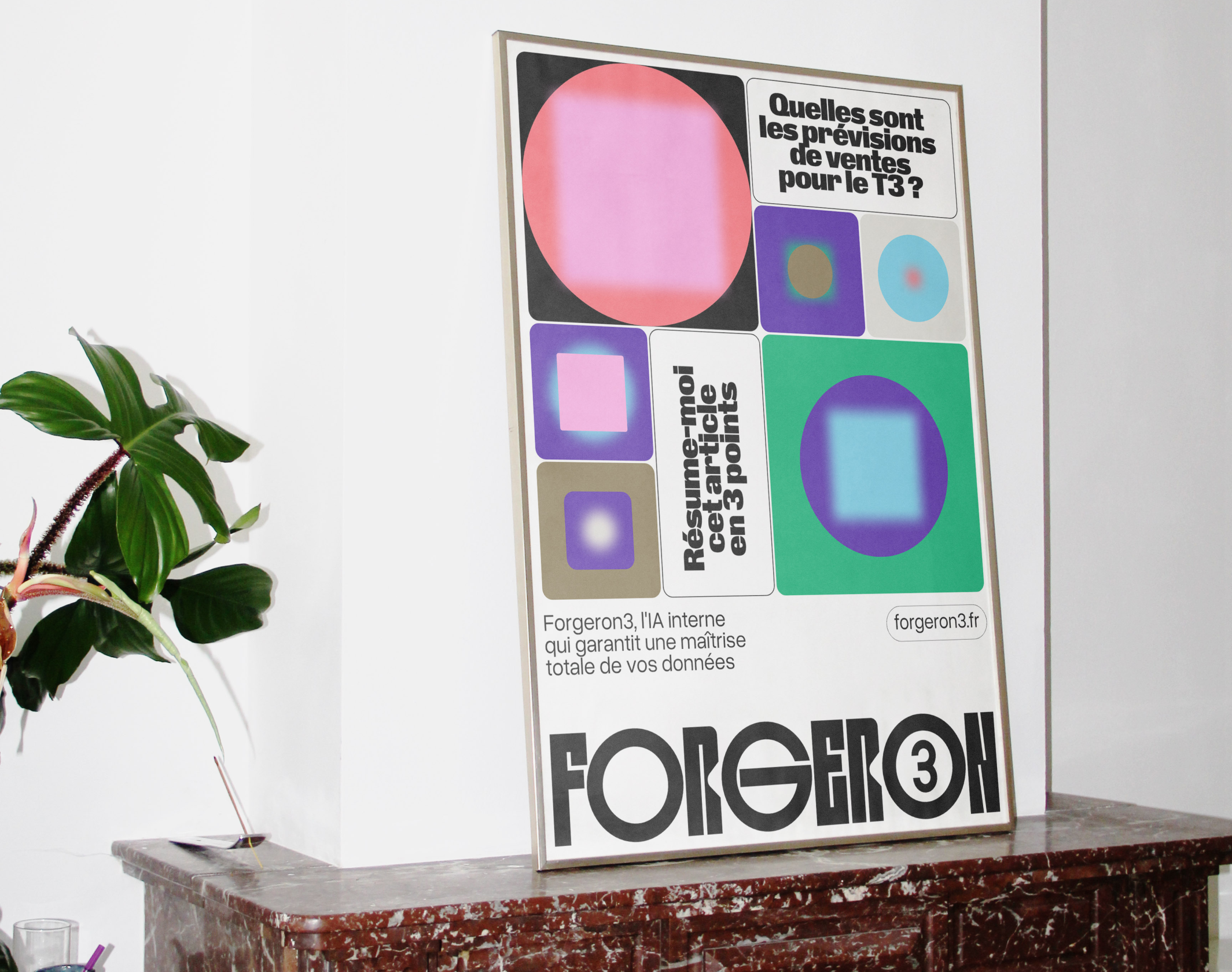Glénat is one of the most important French publishing houses. Founded in Grenoble in 1969 by Jacques Glénat, a comic book enthusiast, the company has more than 14,000 books in its catalog (600 new releases annually) and represents 2,000 authors, across 4 major universes: comics, manga, children’s literature, and art books. Titeuf, One Piece, Dragon Ball, Disney, and Akira are among the flagship titles that have made Glénat successful, which also knows how to expand its horizons toward hiking guides, travel narratives, monographs, and children’s books.
An iconic and immovable logo, but a diffuse visual territory: such was the state of Glénat’s branding when we were approached to consider this major mission. Built around the Futura Condensed Extra Bold typeface, the logotype remains a recognized landmark in the French publishing landscape and was not intended to be modified. From this foundation, we were asked to design a flexible and identifiable visual language, capable of representing both the Glénat spirit and the breadth of its catalog. A year-long project, aimed at patiently building a flexible, logical, and strong system.
The original logo is immediately equipped with a cartouche, reinforcing its presence; this cartouche thus serves as a canvas for building the system. A new typographic and color articulation has also been developed to better identify the 4 universes and offer them a range of dedicated hues.
The visual system, meanwhile, is an abstraction of two graphic elements that constitute the Glénat logo: the oval of the ‘G’ and the triangle of the accent. Thus, by using only these two shapes to create a vast collection of illustrations, the company equips itself with a true proprietary graphic language that is evolving and above all joyful. This vocabulary, following a collection logic, breaks down into two distinct but complementary territories. The ’emotion icons’ transcribe all the states we experience when immersed in captivating reading. The ‘ambiance icons,’ abstract or figurative, define the atmosphere of a book. These illustrations can be combined infinitely to create particularly expressive graphic patterns and extremely varied narrative paths.
While the expression of identity on the books themselves remains unchanged, being in most cases the authors’ territory of expression, Glénat’s entire identity system, from printed catalogs to the website, including major public events, gradually sees the new graphic territory come to life.
An iconic and immovable logo, but a diffuse visual territory: such was the state of Glénat’s branding when we were approached to consider this major mission. Built around the Futura Condensed Extra Bold typeface, the logotype remains a recognized landmark in the French publishing landscape and was not intended to be modified. From this foundation, we were asked to design a flexible and identifiable visual language, capable of representing both the Glénat spirit and the breadth of its catalog. A year-long project, aimed at patiently building a flexible, logical, and strong system.
The original logo is immediately equipped with a cartouche, reinforcing its presence; this cartouche thus serves as a canvas for building the system. A new typographic and color articulation has also been developed to better identify the 4 universes and offer them a range of dedicated hues.
The visual system, meanwhile, is an abstraction of two graphic elements that constitute the Glénat logo: the oval of the ‘G’ and the triangle of the accent. Thus, by using only these two shapes to create a vast collection of illustrations, the company equips itself with a true proprietary graphic language that is evolving and above all joyful. This vocabulary, following a collection logic, breaks down into two distinct but complementary territories. The ’emotion icons’ transcribe all the states we experience when immersed in captivating reading. The ‘ambiance icons,’ abstract or figurative, define the atmosphere of a book. These illustrations can be combined infinitely to create particularly expressive graphic patterns and extremely varied narrative paths.
While the expression of identity on the books themselves remains unchanged, being in most cases the authors’ territory of expression, Glénat’s entire identity system, from printed catalogs to the website, including major public events, gradually sees the new graphic territory come to life.
Disciplines
Brand strategy
Visual identity
Motion design
Signage
Typography
Branding
Naming / copywriting
Editorial design
Web design










































